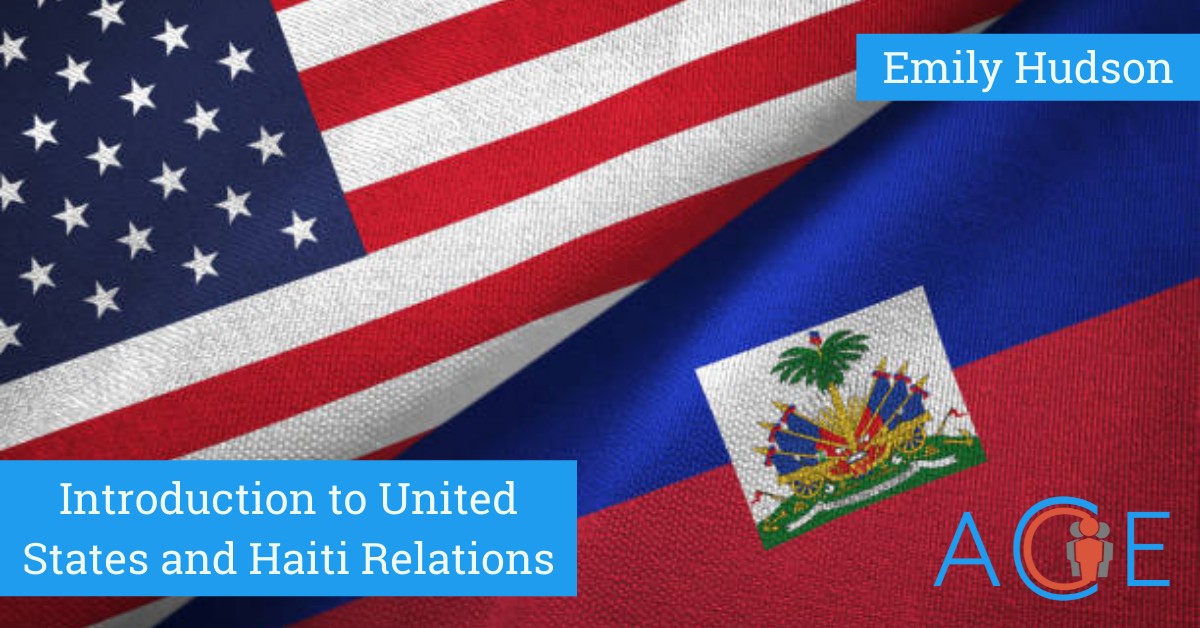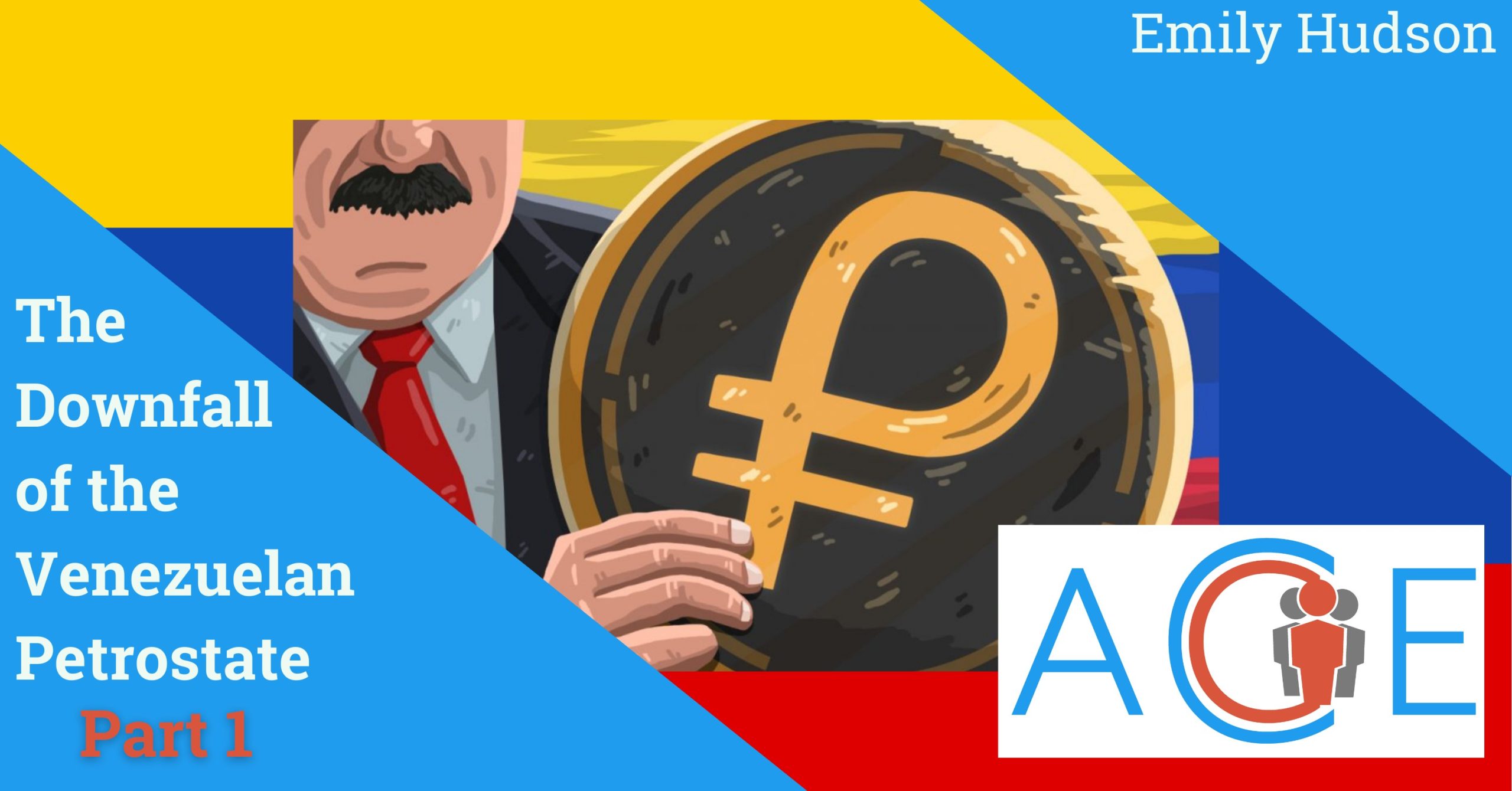Fact Sheet
President: Ariel Henry
Capital: Port-au-Prince
Population: 11.4 million (2020)
Languages: Haitian Creole and French
Government regime: Semi-Presidential Republic
GDP per capita: $1,176.76
Freedom level: 37/100
History of US-Haiti Relations
The United States has shared an extensive history with Haiti since the island, then called Saint-Domingue, was under French colonial rule. In the 18th century, Saint-Domingue was France’s most profitable colony due to its high levels of sugar, indigo, and coffee production, and the United States served as the island’s second largest trading partner (after France). Enslaved Africans, whose labor fueled Saint-Domingue’s agriculture industry, eventually grew tired of the abuses they suffered from the French. Consequently, the Haitian Revolution began in 1791 under the leadership of Toussaint L’Ouverture and Jean-Jacques Dessalines, culminating in 1804 with the formation of Haiti. With the former slaves in control of the island, Haiti became the first Caribbean nation to achieve independence and the first modern state to abolish slavery. Despite freeing themselves from direct French colonial rule, inhabitants of the island were obligated to pay reparations to France if they hoped their newfound nation would be granted diplomatic recognition.
The United States government did not acknowledge the Haitian Revolution out of fear that its own enslaved workers would revolt in the South. Despite the American refusal to acknowledge Haiti as a sovereign nation, the United States continued to import Haitian agricultural products and exported its own goods to Haiti. It was not until 1862, after the South seceded, that the United States officially recognized Haiti. In the following year, diplomatic relations and the American Legation in Port-au-Prince were established.
The following decades in Haiti were characterized by significant political turmoil, a high presidential turnover rate, and violence. These dynamics were widespread throughout Latin America at this time. In response, the U.S. enacted the Roosevelt Corollary, which enabled Washington to use military force in the Western Hemisphere to restore political stability. Such circumstances, along with the fear that German influence was encroaching on the Caribbean at the beginning of World War I, led President Woodrow Wilson to send U.S. Marines to the island in 1915. Wilson approved the invasion with the hope that the U.S. could reshape Haiti’s government, assist with the formation of a national army, and strengthen Haiti-U.S. economic ties. During its occupation, the United States assumed control of Haiti’s security and finances and imposed racial segregation, forced labor, and press censorship. In addition, U.S. forces deposed Haitian presidents and legislatures that opposed their presence. Consequently, rebellions against the U.S. administration in Haiti erupted, resulting in the deaths of thousands of Haitians. After 19 years of occupation, the U.S. Marines withdrew from the island in 1934, and Haiti regained its sovereignty. The American government’s decision to withdraw troops was linked to the Good Neighbor Policy, which reversed previous interventionist policies and declared that no state has the right to intervene in another’s affairs.
After the U.S. withdrawal, Haiti experienced a series of unstable governments, culminating in 1957 with a 29 year dictatorship under Francois Duvalier and his son Jean-Claude. During the reign of the Duvaliers, corruption and human rights violations ran rampant, resulting in the disappearances and/or deaths of approximately 30,000 people. Despite this, the United States continued to support the Duvalier regime out of fear that communism would spread to Haiti. In 1986, massive protests and international pressure forced Jean-Claude Duvalier to flee the nation. With the Duvaliers gone, Haiti had the opportunity to develop its own constitution and establish democratic institutions.
The nation’s first elections took place in December 1990, and were won by a Catholic priest, Jean-Bertrand Aristide. In February 1991, he took office; later that year, he was overthrown. Aristide remained in exile for three years, returned to Haiti in 1994, and finished out his term in 1996. The United States occupied Haiti from 1994 to 1997 and claimed its goal was to restore peace and democracy in the island nation. In 2000, Aristide won a second presidential election, and Haiti was once more fraught with instability. In 2004, the American and Haitian militaries exiled Aristide to South Africa. Soon after, the United Nations began a peacekeeping mission in Haiti aimed at restoring order, which would last 13 years.
Since then, Haiti has continued to face political turmoil and corruption. Haitians have demanded their leaders resign and have participated in mass protests, often against alleged U.S. involvement. The role of the United States in Haiti has been further called into question following the July 2021 assassination of then-President Jovenel Moïse. Before his death, Moïse’s opponents claimed that his presidency should have ended in February 2021 because he won the 2015 election, though it was later nullified. Moïse’s supporters, on the other hand, argued that Moise’s five-year term started following the 2016 election, meaning that it was not supposed to end until February 2022. Despite these allegations of political illegitimacy, President Moïse was supported by the Trump administration. It has come to light that some of the perpetrators of the Haitian president’s assassination had received U.S. military training.
In addition to its political problems, Haiti has been struck numerous times by natural disasters, notably hurricanes, often worsening the country’s economy and pushing Haitian citizens to flee their homeland. The Obama, Trump, and Biden administrations have all been confronted with questions of how to restore order in Haiti, encourage development, and tackle migration issues.
U.S. Strategic Interests in Haiti
Political Instability
Since colonial times, Haiti has experienced bouts of political instability on its journey to sovereignty and democracy. These goals have been prevented by foreign intervention and corruption. The recent assassination of Moïse has exacerbated the nation’s downward spiral with violence and criminal activity exploding. Critics claim that the United States’ response to the assassination was underwhelming. The Biden administration decided against providing additional military assistance to Haiti in the midst of the chaos. Despite this, President Biden appointed a new special envoy to Haiti to coordinate the United States’ response to Haiti’s present situation. Some U.S. congressmen, on the other hand, have demanded that the U.S. intensify its efforts to provide support and assistance to Haitian security forces until elections take place. However, the Haitian elections have been postponed indefinitely, and it remains to be seen when and how the Haitian political conflict will be resolved.
Development
Once a thriving colony, Haiti has become the poorest nation in the Western Hemisphere, largely as a consequence of the reparations the island was forced to pay to the French along with numerous foreign interventions and corruption. Currently, the majority of the Haitian population lives below the poverty line. Much of the population is reliant on subsistence farming for survival, but such customs are threatened by the frequency of natural disasters, which destroy land, intensify worsening economic conditions, and exacerbate health crises. In efforts to improve conditions on the island, the United States has frequently provided humanitarian and development assistance. The amount of foreign aid often varies with the administration. For example, the Trump administration cut the amount of aid USAID could allot to Haiti, which has since changed under President Biden. In January 2021, the Biden administration announced that it was going to send an additional $75.5 million in development aid and health assistance to Haiti. Following a devastating hurricane in August 2021, Biden approved another $32 million devoted to disaster relief.
Migration
As a result of deteriorating economic and living conditions, numerous Haitians have fled to nearby Latin American and Caribbean nations as well as the United States. Though the number of migrants fluctuates year to year and often spikes after hurricanes strike the island, immigration continues to be a crucial aspect of the U.S.-Haiti relationship. In recent years, the United States government has extended Temporary Protected Status (TPS) to Haitian nationals. TPS is often granted to migrants from nations suffering from political turmoil or natural disasters wishing to remain in the United States until the situation in their homeland improves. Following the 2010 earthquake, for example, the Obama administration extended TPS to Haitians who were living in the United States prior to January 12, 2010. To prevent mass migration, Haitians who arrived after the designated date were sent back. The Trump administration denied an extension of TPS for Haitians, leading to the deportation of thousands. Due to Haiti’s instability and political challenges, however, the nation’s TPS designation was extended multiple times, preventing Trump from completely terminating it.
Though President Biden has revived TPS for Haitians, he has also upheld Title 42, which permits the Director of the Center for Disease Control (CDC) to prohibit the introduction of individuals to the United States if it believes there is a considerable risk for the spread of a communicable disease. Title 42 was issued in March 2020 in response to the spread of the coronavirus (COVID-19). This decision has led to thousands being turned away at the southern border, including Haitian asylum seekers, who are often being expelled to Mexico.


